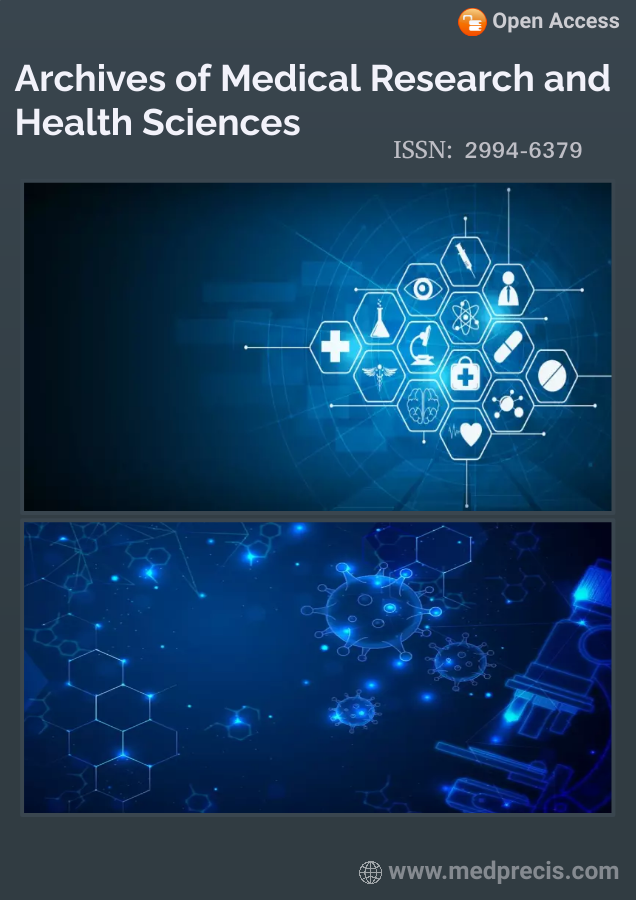COVID-19: A Review and Diagnosis, Evaluation and Treatment Strategies
Yan Zhao Zhidong Peng Hui Xiang Jing Zhang Dong ZhouAbstract :
ABSTRACT
In December 2019, a serious viral respiratory disease, named COVID-19, emerged in Wuhan, Hubei province in China. Subsequently, the infectious disease has spread to other parts of the world and was recognized as a global threat. Since the outbreak of COVID-19, a tremendous amount of research has been published discussing various features of this pandemic. This review article summarizes the main clinical aspects regarding COVID-19 diagnosis, pathology, evaluation of disease severity, and treatment trials providing readers with concise information regarding this novel disease. Real-time reverse transcription polymerase chain reaction (RT-PCR) is the gold standard technique for confirming COVID-19 infection while non-contrast chest computed tomography (CT) images may be considered for early diagnosis purposes. In addition, several laboratory biomarkers can be utilized to evaluate disease status and prognosis such as C-reactive protein, lymphocyte count, platelet count, and coagulation profile indicators. Unfortunately, to date there is no approved cure for COVID-19 infection; however, a variety of agents and treatment strategies such as convalescent plasma infusion and monoclonal antibodies are under investigation. Vigorously, health care professionals and the scientific research community are craving to identify effective antiviral medications and protective vaccines.
KEYWORDS
COVID-19, SARS-CoV-2, Lymphopenia, Thrombocytopenia, Cytokine storm, Convalescent plasma


